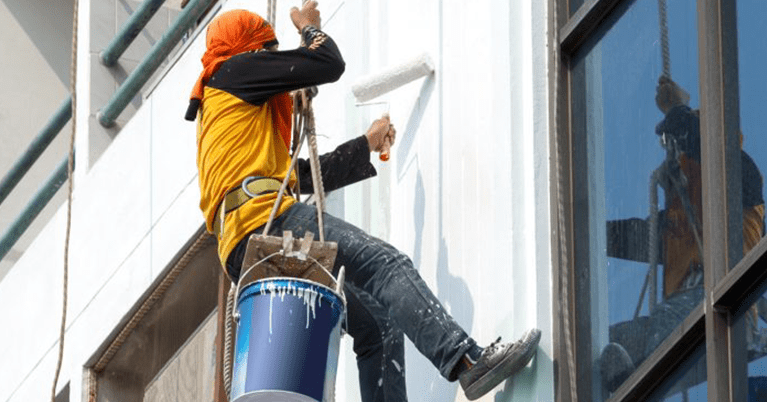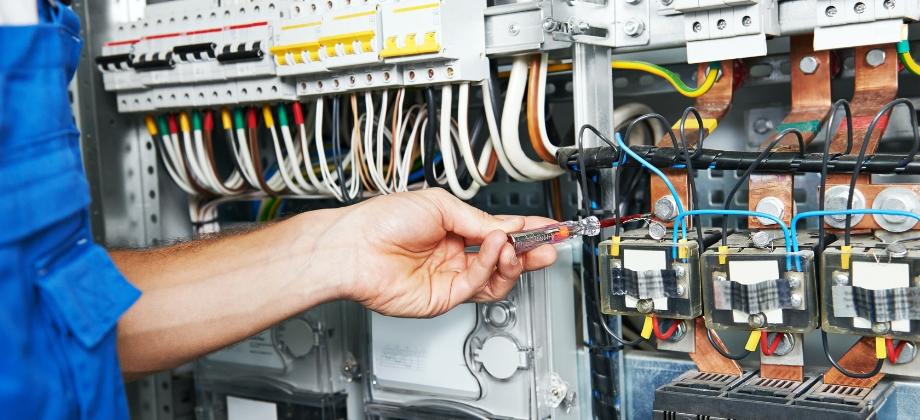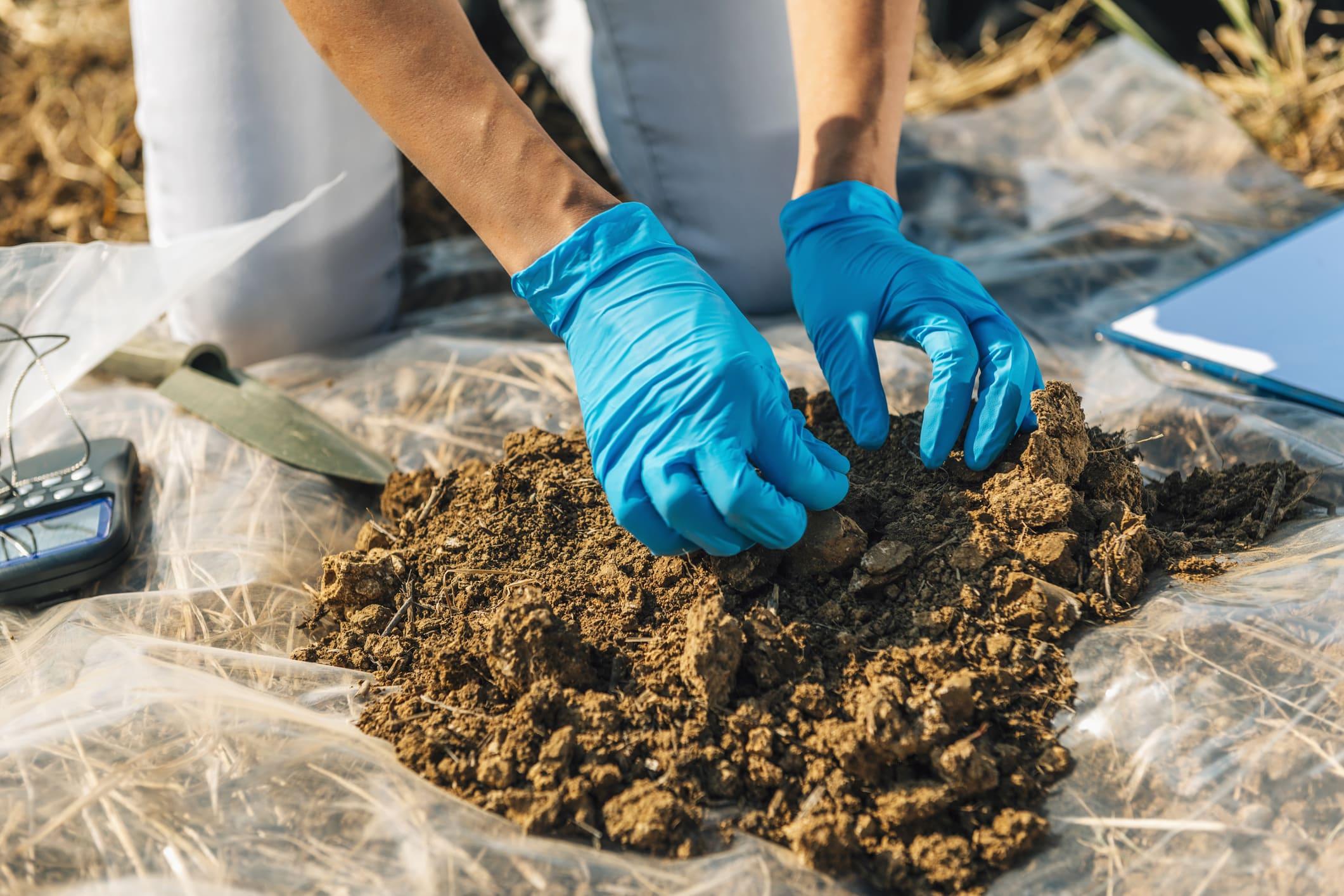Maintenance painting is a critical aspect of property management that often goes overlooked until visible wear and tear begin to impact the appearance and integrity of a building. Regular maintenance painting is not just about keeping a property looking fresh; it plays a crucial role in protecting surfaces from damage, extending the lifespan of materials, and ultimately saving money in the long run. Whether it’s a commercial building, residential property, or industrial facility, maintenance painting is essential for preserving the value and functionality of your investment.
What is Maintenance Painting?
Maintenance painting involves the regular upkeep of painted surfaces to prevent deterioration caused by environmental factors such as moisture, sunlight, pollution, and temperature fluctuations. It includes both touch-ups of existing paint and complete repaints when necessary. The goal of maintenance painting is to keep surfaces in good condition, preventing the need for more extensive repairs or replacements down the line.
Benefits of Regular Maintenance Painting
1. Protection Against Environmental Damage
One of the primary functions of paint is to act as a protective barrier for the surfaces it covers. Over time, exposure to the elements can cause paint to break down, leading to cracks, peeling, and fading. Without regular maintenance painting, surfaces such as wood, metal, and concrete become vulnerable to moisture penetration, rust, and decay. By maintaining a fresh coat of paint, you can protect these materials from environmental damage and extend their lifespan.
2. Cost Savings in the Long Term
Neglecting maintenance painting can lead to costly repairs and replacements in the future. For example, if the paint on a wooden structure is allowed to deteriorate, the wood may begin to rot, requiring expensive repairs or even full replacement. Regular maintenance painting is a proactive approach that helps you avoid these significant costs by addressing issues early on. Additionally, a well-maintained property often requires less frequent repainting, further reducing long-term expenses.
3. Enhanced Aesthetic Appeal
The appearance of a property plays a vital role in how it is perceived by occupants, customers, and the public. Regular maintenance painting keeps buildings looking clean, fresh, and well-cared-for, which can enhance curb appeal and create a positive impression. For commercial properties, this is particularly important, as the appearance of your building can impact your brand image and influence customer perceptions.
4. Preservation of Property Value
A well-maintained property retains its value better than one that is neglected. Regular maintenance painting is a key factor in preserving the overall value of your property by preventing deterioration and keeping it looking attractive. This is especially important if you plan to sell or lease the property in the future, as potential buyers or tenants will be more interested in a building that has been properly cared for.
5. Compliance with Safety and Health Standards
In some cases, maintenance painting is necessary to comply with safety and health regulations. For example, industrial facilities may require specific types of paint to protect against corrosion, chemical exposure, or fire hazards. Regular maintenance painting ensures that these protective coatings remain effective, helping you meet regulatory requirements and maintain a safe environment for workers and occupants.
Key Areas for Maintenance Painting
1. Exterior Surfaces
The exterior of a building is constantly exposed to the elements, making it a priority for maintenance painting. Regularly inspect and touch up paint on walls, doors, windows, trim, and other exterior surfaces. In addition to protecting the building from moisture and UV damage, a well-maintained exterior enhances curb appeal and gives a positive impression to visitors.
2. Interior Surfaces
Interior surfaces also require regular maintenance painting, especially in high-traffic areas such as hallways, lobbies, and restrooms. Touching up scuffed walls, repairing chipped paint, and repainting faded areas help maintain a clean and inviting environment for occupants and visitors. For commercial and industrial settings, maintenance painting of interior surfaces can also contribute to workplace safety and compliance.
3. Specialized Areas
Certain areas of a building may require specialized maintenance painting due to their unique conditions. For example:
- Metal surfaces (e.g., railings, pipes, structural steel) require rust-inhibiting paint to prevent corrosion.
- Wooden surfaces (e.g., decks, fences, window frames) need protective coatings to prevent rot and weathering.
- Concrete surfaces (e.g., floors, parking structures) benefit from sealants and coatings that protect against moisture and chemical exposure.
Regularly maintaining these areas ensures they remain in good condition and perform their intended functions effectively.
Tips for Effective Maintenance Painting
1. Conduct Regular Inspections
Regularly inspect your property for signs of paint deterioration, such as cracking, peeling, fading, or mildew growth. Identifying issues early allows you to address them before they lead to more significant damage.
2. Use High-Quality Materials
Invest in high-quality paints and coatings that are specifically designed for the surfaces and conditions of your property. Quality products provide better coverage, durability, and protection, reducing the need for frequent repaints.
3. Hire Professional Painters
For the best results, consider hiring professional painters who have the expertise and equipment to perform maintenance painting efficiently and effectively. Professionals can ensure that the job is done correctly, with attention to detail and adherence to safety standards.
4. Create a Maintenance Schedule
Establish a regular maintenance painting schedule based on the specific needs of your property. This schedule should include routine inspections, touch-ups, and full repaints as needed. A proactive maintenance plan helps prevent problems and ensures your property remains in top condition.
Conclusion
Maintenance painting is an essential aspect of property care that protects surfaces, enhances aesthetics, and preserves value. By investing in regular maintenance painting, you can prevent costly repairs, extend the life of your property, and create a positive impression for occupants and visitors. Whether you manage a commercial building, industrial facility, or residential property, prioritizing maintenance painting is a smart decision that pays off in the long run.






